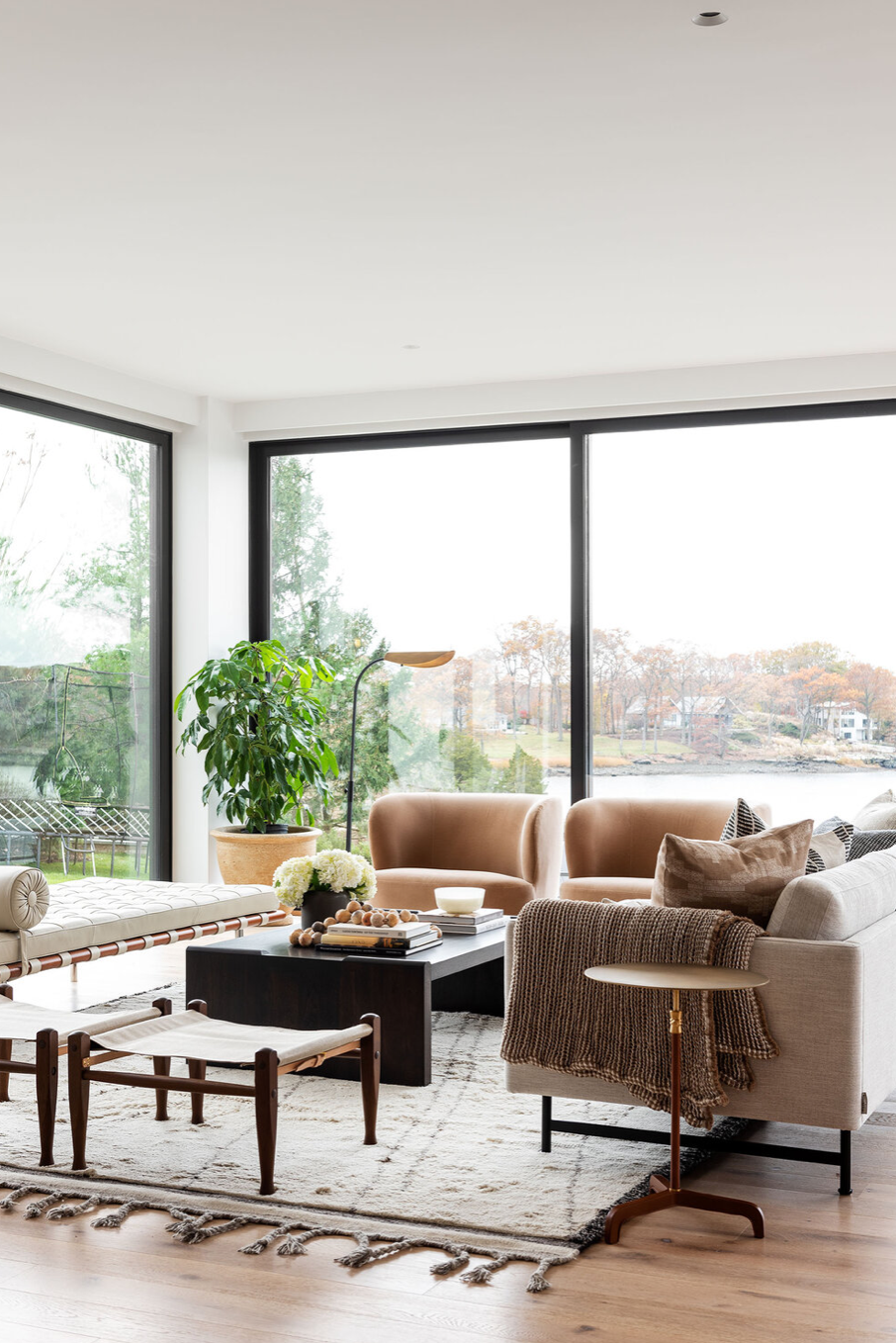How to coordinate lighting?
- Alexis
- Aug 22, 2020
- 2 min read
In this post I'm going to take away some of the mystery of how to work with lighting and tips to incorporate in your own home. On Instagram I was asked how to coordinate lighting in an open floor plan. I love this question because lighting is one of the most important elements in a space. Lighting is everything. It can change and alter architecture, make art feel more important, raise the ceiling, and create a mood.
First I have to say that natural light is the most beautiful light source, so try and bring in as much as possible. It not only makes us look good, it makes us feel good. If it comes in harsh in the particular space you are working with, try adding a linen drape to soften and block the strong rays.
Start with your overhead lights. These will typically be your biggest fixtures so let's talk about how they work together. In an open floor plan you do not want your lighting to compete with each other. They should complement one another. For example, in an open kitchen and dining space, maybe you select a linear option over the table, or circular for a round table, and then a pair of pendants with a shade over the island.

Trace Construction

Studio McGee
Can lights are great to have for overall lighting but it is important to also bring in architectural lighting (anything that is attached to the architecture) like sconces. Use lighting to your advantage to create special moments in your home.

Studio McGee
The key to creating successful lighting is to have your eye travel around the room. You want to have something low, something at a medium level and having something high creates visual interest and highlights any architecture.
This is a perfect example of bringing in as much natural light as much as possible while including a pendant, an art light and a sconce.

Jake Arnold
Light bulbs! There are so many options, how do you choose which one will be the right bulb for you? The clear glass is much more diffused, while the frosted glass is brighter because the light reflects the white of the frosting. Another consideration is incandescent versus LED lighting. I like to use incandescent for general lighting like overhead lighting, and LED strips as accent lights in places like under cabinets in kitchens and along closets.
Power strips and cords are often the downfall of good lighting design, because they’re unattractive and distract from the lighting itself. Often times you don't have access to an in-ground electrical box that was strategically placed under the sofa. I like this power strip from Rejuvenation.



Comments